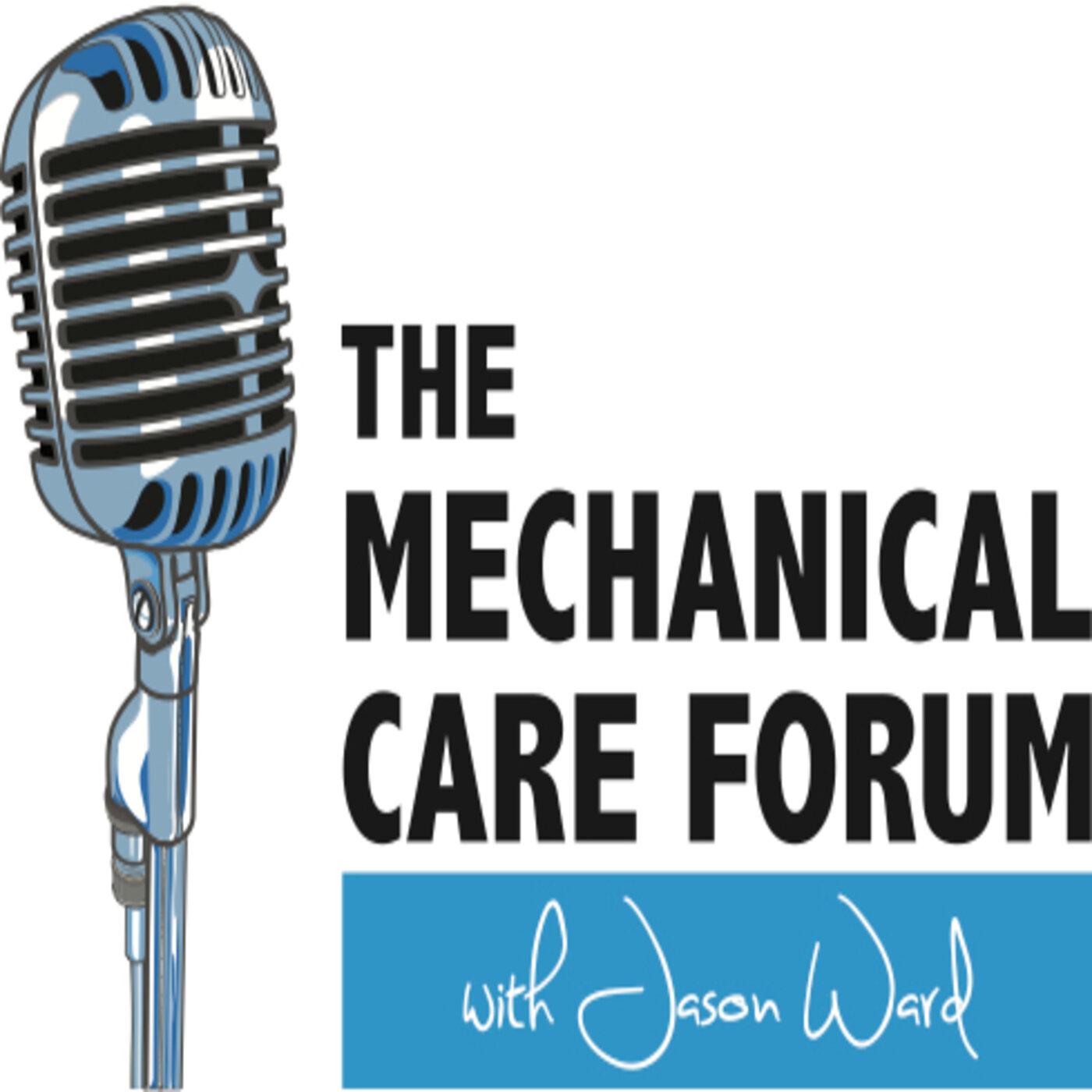Josef Andersen PGD, PT, M.PT CMP, MCTA
In episode 122 I speak with Mr. Josef Andersen of Copenhagen, DK. He's an instructor for Mulligan Concepts and he shares his story, his evolution as a therapist and influential people in his career, especially Brian Mulligan. All that and more!
Mr. Josef andersen was born in the northern part of Israel but moved to Denmark in 1984. His postgraduate education is from Melbourne University and the university of South Australia. He is an instructor for Mulligan Concepts and Currently he spends about half of his time treating patients and half teaching where he teaches about 30 courses per year.
In the clinic, Josef mainly works as a second opinion physiotherapist and sees only people with long standing musculoskeletal pain and additionally he is working into the development of the Mulligan approach specifically for sports rehab.
He was raised in a Christian minority family and was exposed to friends from all cultures and religions, Jews, Muslims, Christians, Armenians, and Greeks etc., which made him appreciate the value of human beings as human beings. He is married to Ghita and has one son Julian.
Show Notes
Early Training
Josef got a late start in physiotherapy after his initial hope to become a cardiologist changed as he aged. After graduating in 2000 from physiotherapy school, he pursued continuing education at the University of Melbourne and the University of South Australia. He became exposed to the Mulligan Concept while in Melbourne, Australia. After utilizing primarily Maitland techniques, he became excited at the prospect of Mobilization with Movement to help restore movement and function.
Mobilization with Movement
Josef speaks about the impact of the immediate effect of application of MWMs. He went on with his education and began applying MWMs within his practice, as well as combining these techniques with other concepts. Upon returning to Denmark, he began spreading the word to his colleauges, and contacted Brian Mulligan to begin instruction of the Mulligan Concepts in Denmark. He has been teaching for Mulligan Concepts since 2008
Teaching and Clinical Practice
Josf works in the clinic 2-3 days per week, and teaches ~30 classes per year. He is excited about the prospect of developing the application of MWMs to sports.
“Concepts”
Josef believes that the term “concept” makes the Mulligan approach seem like a cookbook-approach, but he objects to this statement. He finds the application of techniques, as well as the thought process and clinical reasoning involved to be much more than a cookbook-approach.
MWM vs other approaches
Josef likes that MWMs are utilized to work on the specific problems that patients present with i.e. if you can’t bend, the technique may be applied while bending. He refers to pain scientists and how Mulligan Concepts can tie into these patient-centered approaches. He recognizes that prior to his training in Mulligan’s principles, he was very focused on the tissue pathology, rather than a patient’s functional or movement issues.
Most Common Misconception
“The technique is a miracle cure”: he notes that the technique is just a small piece of the interaction between clinician and patient. He also explains how creating a bond between patient and therapist, and utilizing these concepts to get patients to “buy in” can dramatically improve compliance with home program and self-treatment.
Working with Brian Mulligan
Josef praises Brian for his contributions to manual therapy, and talks about the expertise and the humility of the man. He explains how Brian’s dedication and drive to improve his own techniques in order to help his patients inspired Josef, but nothing was more inspiring than his open-mindedness.
Memorable Treatment Stories
Josef remembers a story from a course in New York where a patient with a history of ankle pain and limited dorsiflexion was treated by Mulligan. Josef notes that despite the patient’s history of surgeries, Brian was able to help the gentleman resolve his problem. Josef recalls questioning the reasoning process, but being extremely impressed by the patient’s outcome.
Clinical Video Evidence-Based Approach
Josef explains the power of seeing the evaluation and treatment of a patient, and utilizing these videos for case reports in order to show treatments and changes as a result. He also notes that these videos are excellent teaching tools for positive and negative teaching moments.
For more information on Mulligan Concepts, visit http://bmulligan.com/.
We hope to deliver this content to the committed professional who wants to improve his/her care and we hope to do it in a way that is easily accessible, the world over, in today's technological age.
To contribute:
Give a 5-star review on iTunes;
Share EP #122 with a friend; and/or
Connect with us on the Spotify MCF Podcast and MCF Instagram page!
Thanks for your support!

